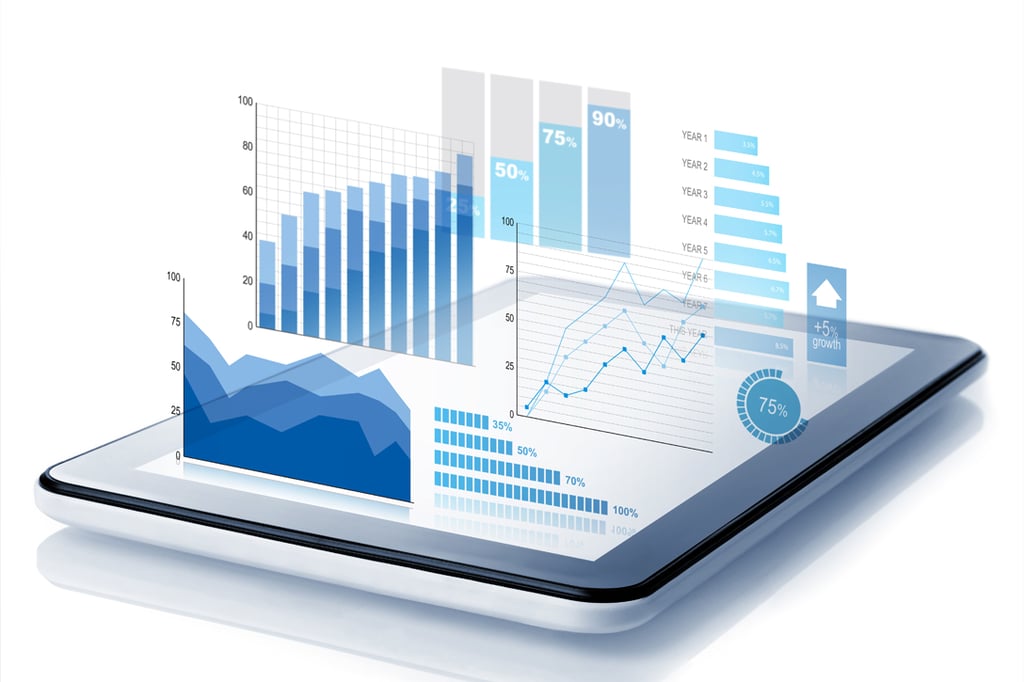
Eight Critical Forces Shaping Data Center Strategy

The software-defined data center (SDDC) is finally coming into focus now that all three components of the data environment – servers, storage and networking – can be virtualized. But it seems that little thought is going toward how this dynamic, flexible infrastructure will coordinate its operations with the new management tools overseeing the physical side of the data center.
Chief among these new platforms is Data Center Infrastructure Management (DCIM), which many organizations have already deployed as a means to reduce power consumption by more closely matching data loads with available resources. The question for many, though, is whether new SDDC systems will incorporate legacy DCIM, or whether they will place infrastructure management on an entirely new footing.
According to Mark Harris, VP of data center strategy at Nlyte Sofware, it is crucial for DCIM and SDDC to work in tandem if the enterprise hopes to gain the full efficiencies and operational advantages that both are designed to provide. For the first time, organizations have the opportunity to optimize lifecycle management of physical IT assets, as well as at the application and data layers, enabling a more financially optimized data environment that can be more easily configured to suit the rapidly changing nature of modern data environments.
Indeed, devising a software-defined data center without addressing the needs of physical infrastructure is like designing an operating system without knowing what kind of computer it’s for, says ABB Decathlon’s Richard Unger. DCIM, in fact, could provide the necessary abstraction needed for SDDC to work its magic, if the entire architecture is engineered properly. Without such a system, the SDDC platform is forced to make continuous assumptions about the state of underlying infrastructure and has no real way of determining whether changes on the software layer will have adverse effects on hardware that is directly affected or lies elsewhere in the data ecosystem.
A key element in all this is power consumption, says Power Assure’s Pete Malcolm. SDDC, after all, is designed to insulate the data environment from issues that affect the physical layer, but this doesn’t guarantee full immunity from power-related problems. By the same token, most DCIM platforms are designed to monitor energy consumption, but they do little to reduce it, nor do they address crucial aspects like power quality and reliability. Ideally, another layer of abstraction should be between physical infrastructure and the power supply, extending from the local utility grid all the way to the rack, as this would insulate the environment from the single point of failure that exists in most data centers.
The good news is that management developers are starting to wake up to the fact that hardware still matters in a software-defined environment. A start-up called ZPE Systems, which bills itself as a “software defined infrastructure access and control” company, recently came out of stealth with the NodeGrid Platform. In addition to wide-ranging management and automation of multivendor virtualization platforms through CIMC, IPMI, IMM and other tools, the system has built in power management functionality, auto-discovery and centralized system access that provide greater reach into underlying infrastructure than standard virtual management platforms that use KVM over IP or simple IPMI interfaces.
The idea of a fully automated, self-healing, self-correcting data center is still the stuff of science fiction, but it must be said that the management and automation platforms hitting the channel these days have taken away much of the drudgery of systems management that has occupied much of IT’s time and attention over the years. And this is happening just in time for the enterprise to cope with the dynamic nature of virtualized and cloud environments.
But just because the data center is software-defined does not mean it is software-only. And even the most innovative SDDC platform will be only marginally useful if it can’t see into the physical infrastructure that supports it.









